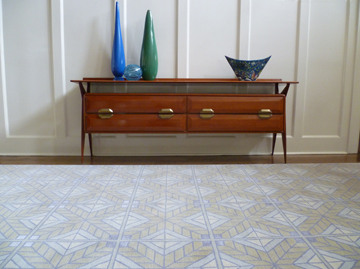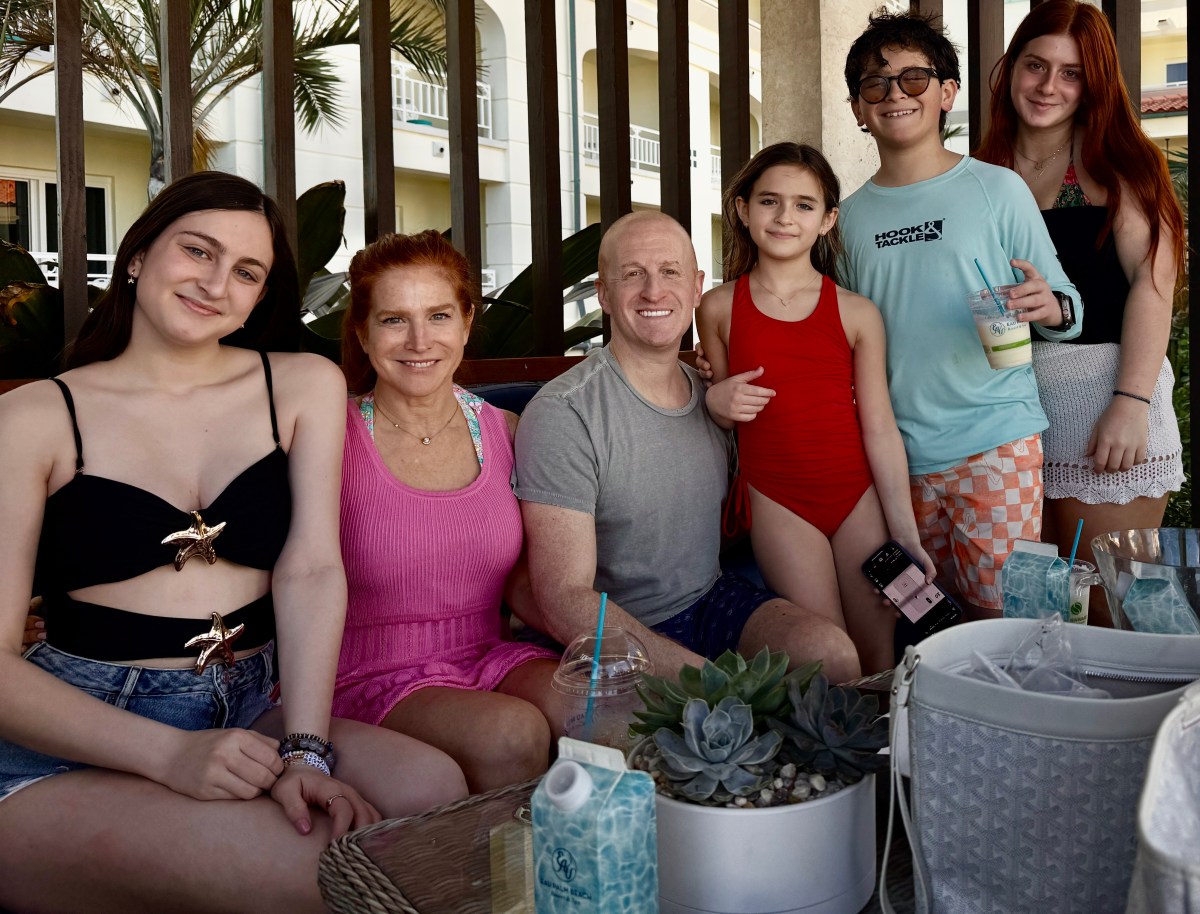East End Nest: The Value Of A Custom-Designed Quality Rug

Many designers emphasize the value of custom-designed rugs in the home. With homeowners becoming budget conscious there are places to cut corners, but a well-made rug may be an area to splurge. A good quality rug can last years and I notice in many families that rugs are often passed down to the next generation. My friend, interior designer and architect Gary Cruz, offers an interesting perspective on the value of rugs in a home.
I met Gary at last year’s Architectural Digest Home Show where he was showcasing his newly launched custom-designed rug collection. Cruz feels that rugs are the “finishing touches that complete a project.” With all the varieties of materials and rug-making techniques it is easy to become overwhelmed with the options, like hand knotting or material choices such as silk and wool. It may be wise to put your trust in a professional opinion when choosing a valuable rug. [expand]
Cruz brings his years of architectural training, fine art painting background and finely tuned skills with color and proportions to launch a line of custom-designed rugs. Hailing from a small fishing town in Texas, he appreciates the value of tapping into nature as design inspiration when creating his rugs. He often uses the patterns and colors in nature to create custom, hand-knotted rugs. These influences tug at his aesthetic and make his designs a perfect fit for many Hampton residents. For example, “Pathtones,” a random pattern of stone shapes in five colors, is loosely based on a field of stones.
I asked Cruz to outline the process of designing rugs. He shares some of the details from a recent custom-designed rug project and installation for an East Hampton client. The custom-colored 9’ x 16’ rug is from his San Telmo design collection and was made for the entry of the client’s home. The rug is hand knotted, at 100 knots per inch of pure Tibetan wool and Chinese Silk, and made in Nepal. He points to the importance of assuring that international products are “Goodweave” certified and made in an ethical manner, including no child labor involved.
The design process began with Cruz’s client coming to his studio in New York where they narrowed down a few selected patterns. Next, Cruz took the big color pom set, which are little tufts of wool in various color ranges, to the East Hampton home and selected the final pattern and colors on site. This particular step was important in order to see the colors in the various lights and within the context of the home. Three different color combination samples were made before a final version was chosen. Cruz took the sample on a trip to Nepal while designing rugs with his weavers. Back in East Hampton, the samples were viewed in the room to make a final selection. It took 14 weeks to produce the rug from this point.
Although well thought out and a laborious project, all elements were considered, and the client is very pleased with the results. Not all rugs are designed with such a detailed manner, and timeframes can vary, but it is interesting to note the precision and considerations involved in making a custom-designed rug. It is refreshing to me that there seems a growing emphasis in the design industry for quality handcrafted products as homeowners cultivate their nests! [/expand]



